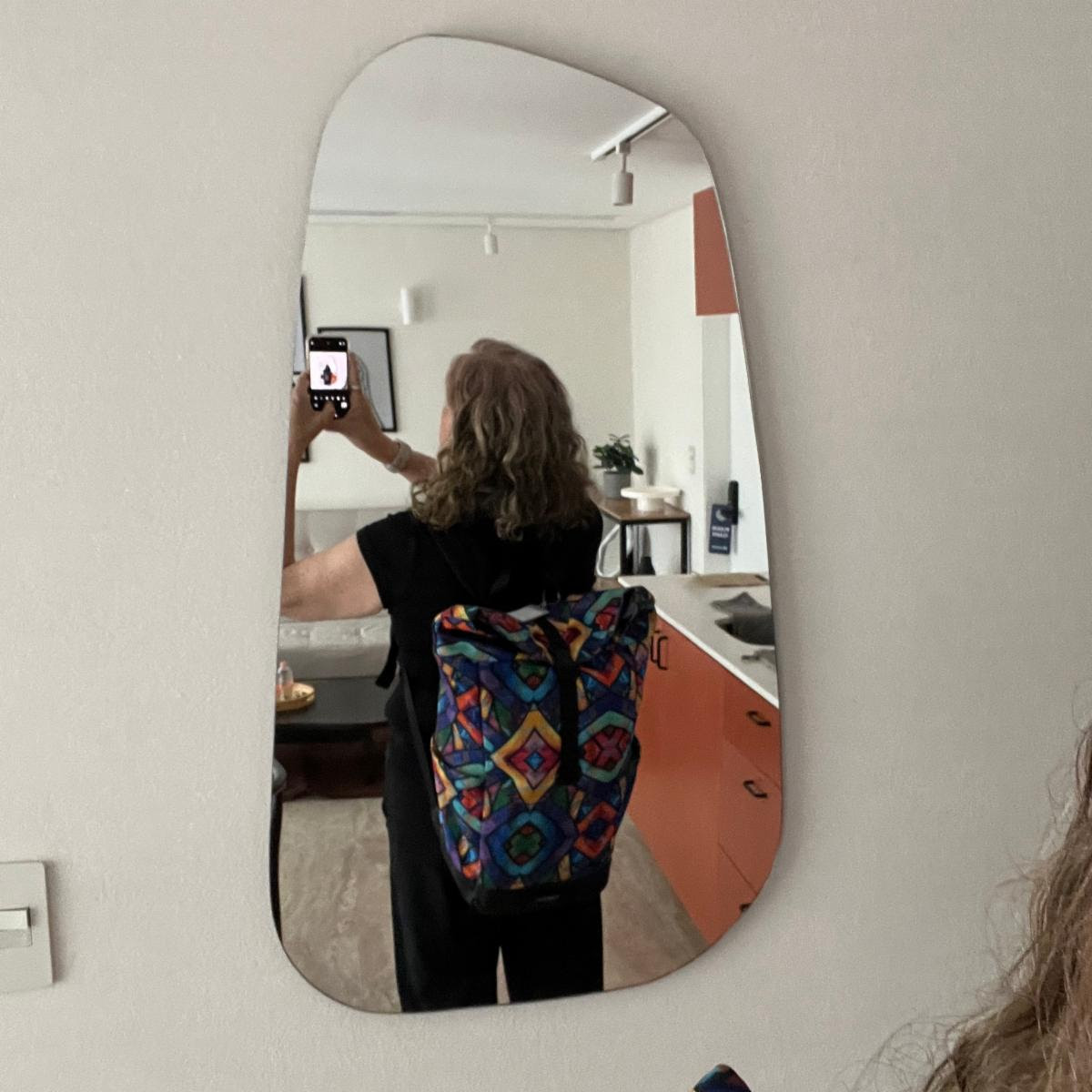Want to Strength Train But Have a Shoulder or Arm Issue?
The theme for this week …
I wrote several articles about the importance of strength training for our metabolic and bone health earlier this year. You can reference them here.
The reality of adopting best practices can be a challenge, especially when you have pain or restricted range-of-motion. How can you lift weights when you have a compromised shoulder or arm? You need to get creative! Read on …
Reviewing the ‘WHY” on strength training for anti-aging
Once we get past our 20s we begin to lose muscle. We used to think that this was due to the aging process.
New insights are turning thoughts about aging and muscle loss upside down!
Newer research finds aging is characterized by muscle loss, but the muscle loss often comes from lack of use.
More recent findings indicate the loss of muscle due to lack of muscle stress is what leads to aging. So, use it, or lose it!
Why are muscle mass and power important?
You can read more about muscle and aging in an earlier post here. The top three reasons to focus on muscle mass and power are:
- Muscle mass is your metabolic bank. When you’re sick or recovering from medical treatment, muscles provide the energy to keep your body functioning.
- Muscles are a key insulin regulator. Maintaining muscle is a part of keeping Type 2 Diabetes in check.
- Muscle power enables balance and mobility allowing you to move confidently and safely.
What can I do to keep my muscle mass?
For the most effective muscle building exercises, we need to begin by focusing on the biggest muscles. These muscles are in the lower body –glutes, quads, and hamstrings.
The best two exercises?
Targeting the big lower body muscles can be done with squats and lunges. There are many modifications to each to make them more interesting or less stressful to knees.
Ideally you will be holding heavy weights while doing the exercises. This load is what creates the stress that stimulates muscles building. When you have a shoulder or arm concern, or a poor grasp, what can you do? Keep reading to find out.
Wow, just 12 minutes twice a week for results?
Some good news! A new study, Effects of Once Versus Twice Weekly Eccentric Training, shows 2 times per week of just 12 minutes of slow weight training had impactful and lasting results. The study included participants aged 60-75.
Even though the training used a slow movement to train, there was a measurable impact on power movements. Even with the chair sit-to-stand test, a highly functional movement, study participants showed a significant improvement from using the slow training approach.
I think we can all find a way to fit 12 minutes of weights into our busy lives!
Insight of the Week from Cara
In recent weeks I’ve reminded clients of the importance of strength training. Several cited upper body injuries, pain, and/or arthritis challenges as barriers to doing resistance training.
They were feeling a little frustrated since they understood the importance of strength training but couldn’t do it. What other options do they have?
Three ways to strength train the lower body muscles without using your arms or shoulders
Don’t let upper body pain or challenge stop you from doing strength training!
Here are three options, two of which you can do at home:
- Use a weighted backpack on your shoulders and place weight in the backpack (See photo above from when I was on vacation). I added filled water bottles to mine.
- Use a weight belt at your hip. Here is a link to one designed for exercise and walking.
- Use a leg press machine. This option requires access to a gym, but there are economical options in most areas.
And, yes, gardening still wins the prize for a non-exercise way to keep muscles strong. Those bags of mulch and dirt are your muscle building buddies!
How Bridging® can help
The physical demands of strength training can highlight stress in your body from a prior injury or medical procedure.
I started weight training a month ago and am feeling some stress in one arm. I injured it 15 years ago when carrying 18 lbs. of medicine balls in a bag for hours at a fitness conference.
To prevent re-injury, I scheduled time with my team for some Bridging®. They found that my biceps activation, which should trigger with wrist rotation, was offline.
Some gentle rocking to match the involved muscles, and a little stretch to reset the muscle memory was all it took. My arm and shoulder feel great, and now I love being able to use heavier weights.
Why is Bridging® different?
This fast help comes from two factors:
- Problem-solving: Taking the time to find the root cause of why your shoulder or back is bothering you. It might be a long-forgotten injury!
- Muscle reset process: The gentle rocking and stretching motion of Bridging® resets your muscle memory allowing you to move better.

